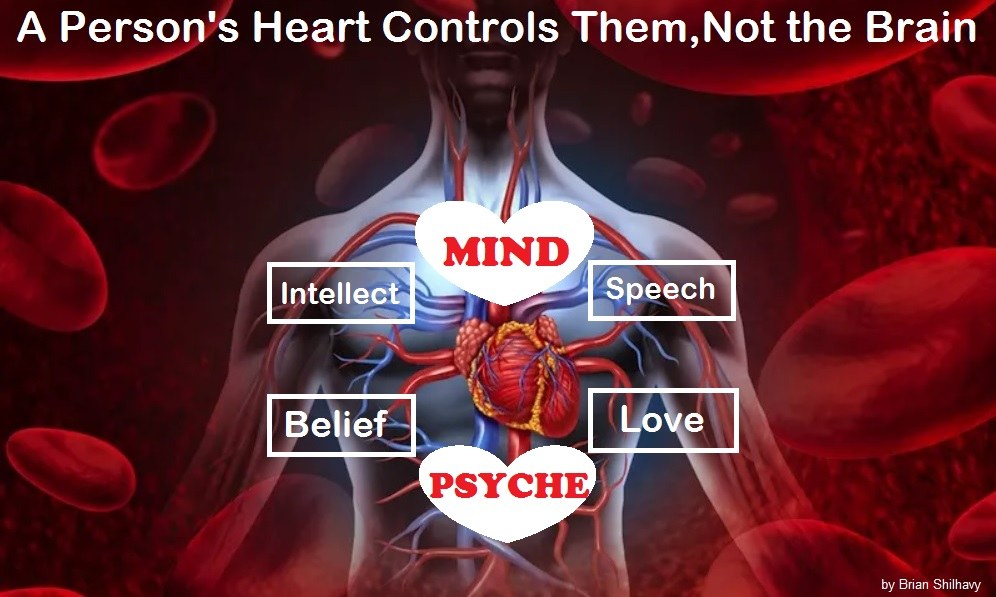
Comments by Brian Shilhavy
Editor, Health Impact News
Two Harvard students have made headlines after converting Meta’s smart glasses into a device that automatically captures people’s faces with facial recognition, and then runs them through face search engines so that they can identify them and look up their personal information, including addresses, almost instantaneously.
There are two lessons to learn here.
First, be aware of people in the public wearing eye glasses, as they may be recording you.
Secondly, don’t put photos of yourself or your children online on social media sites, or anywhere else online.
Also, start using old fashioned cameras that are just “cameras” and are not connected to the Internet, and stop taking pictures of yourself and your family with cell phones.
Cover up the camera lens on your cell phone when you are not using it.
PimEyes says Meta glasses integration could have ‘irreversible consequences’
by Masha Borak
Biometric Update
Two Harvard students made headlines after converting Meta’s smart glasses into a device that automatically captures people’s faces with facial recognition and runs them through face search engines. One of the companies providing the face search function, PimEyes, is not too happy about it.
AnhPhu Nguyen and Caine Ardayfio released a video of themselves using the smart glasses to identify people on the street and look up their personal information through services such as PimEyes. The students used the integrated camera on Meta’s Ray-Ban glasses to capture live video through Instagram and ran it through their software I-XRAY.
“We stream the video from the glasses straight to Instagram and have a computer program monitor the stream,” Nguyen says in the video.
“We use AI to detect when we’re looking at someone’s face, then we scour the internet to find more pictures of that person. Finally, we use data sources like online articles and voter registration databases to figure out their name, phone number, home address and relatives names and it’s all fed back to an app we wrote on our phone.”
The whole process is completed within a minute and a half, they add.
The I-XRAY software is unique because it relies on Large Language Models (LLMs) to process and compile large amounts of information. The main goal behind the project, however, is not to demonstrate how LLMs and reverse face search work together but to highlight privacy risks from widely available technology, the two Harvard students note.
PimEyes, however, warns that while the authors claim to be raising public awareness, the project may have irreversible consequences by inspiring others to replicate the technology.
“They have not only demonstrated their point but also unintentionally provided a blueprint for malicious individuals on how to weaponize readily available tools,” PimEyes Director Giorgi Gobronidze told Biometric Update.
Read the full article at Biometric Update.
This article was written by Human Superior Intelligence (HSI)
See Also:
Understand the Times We are Currently Living Through
The Demonic Roots of Christianity: The Christians Jesus Said He Hated
Who are God’s “Chosen People”?
Life in the Spirit versus the Religious Life in the Flesh
KABBALAH: The Anti-Christ Religion of Satan that Controls the World Today
Christian Teaching on Sex and Marriage vs. The Actual Biblical Teaching
Exposing the Christian Zionism Cult
The Bewitching of America with the Evil Eye and the Mark of the Beast
Jesus Christ’s Opposition to the Jewish State: Lessons for Today
Identifying the Luciferian Globalists Implementing the New World Order – Who are the “Jews”?
The Brain Myth: Your Intellect and Thoughts Originate in Your Heart, Not Your Brain
The Seal and Mark of God is Far More Important than the “Mark of the Beast” – Are You Prepared for What’s Coming?
The Satanic Roots to Modern Medicine – The Image of the Beast?
Medicine: Idolatry in the Twenty First Century – 10-Year-Old Article More Relevant Today than the Day it was Written
Having problems receiving our emails? See:
How to Beat Internet Censorship and Create Your Own Newsfeed
We Are Now on Telegram. Video channels at Bitchute, and Odysee.
If our website is seized and shut down, find us on Telegram, as well as Bitchute and Odysee for further instructions about where to find us.
If you use the TOR Onion browser, here are the links and corresponding URLs to use in the TOR browser to find us on the Dark Web: Health Impact News, Vaccine Impact, Medical Kidnap, Created4Health, CoconutOil.com.





















One Comment